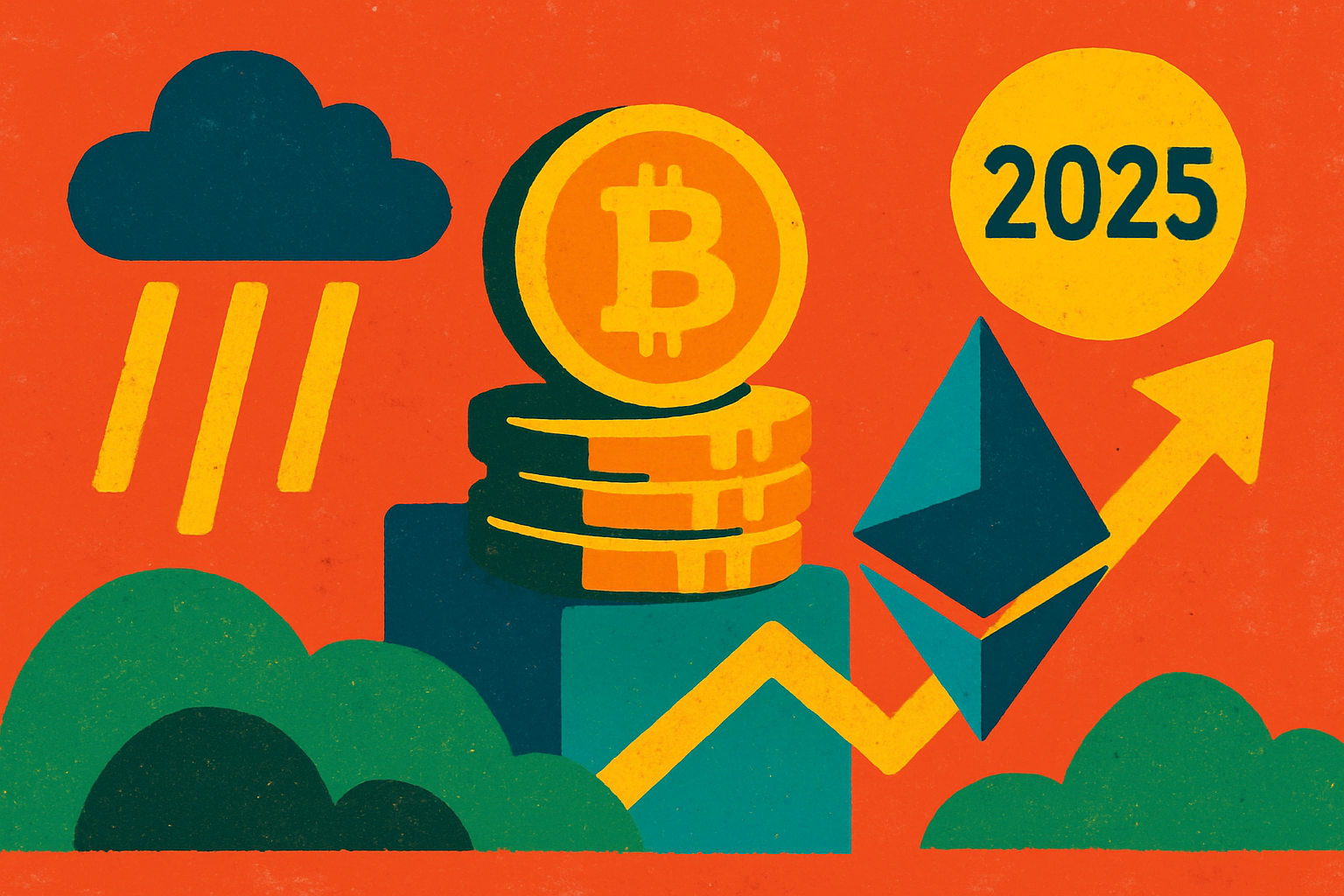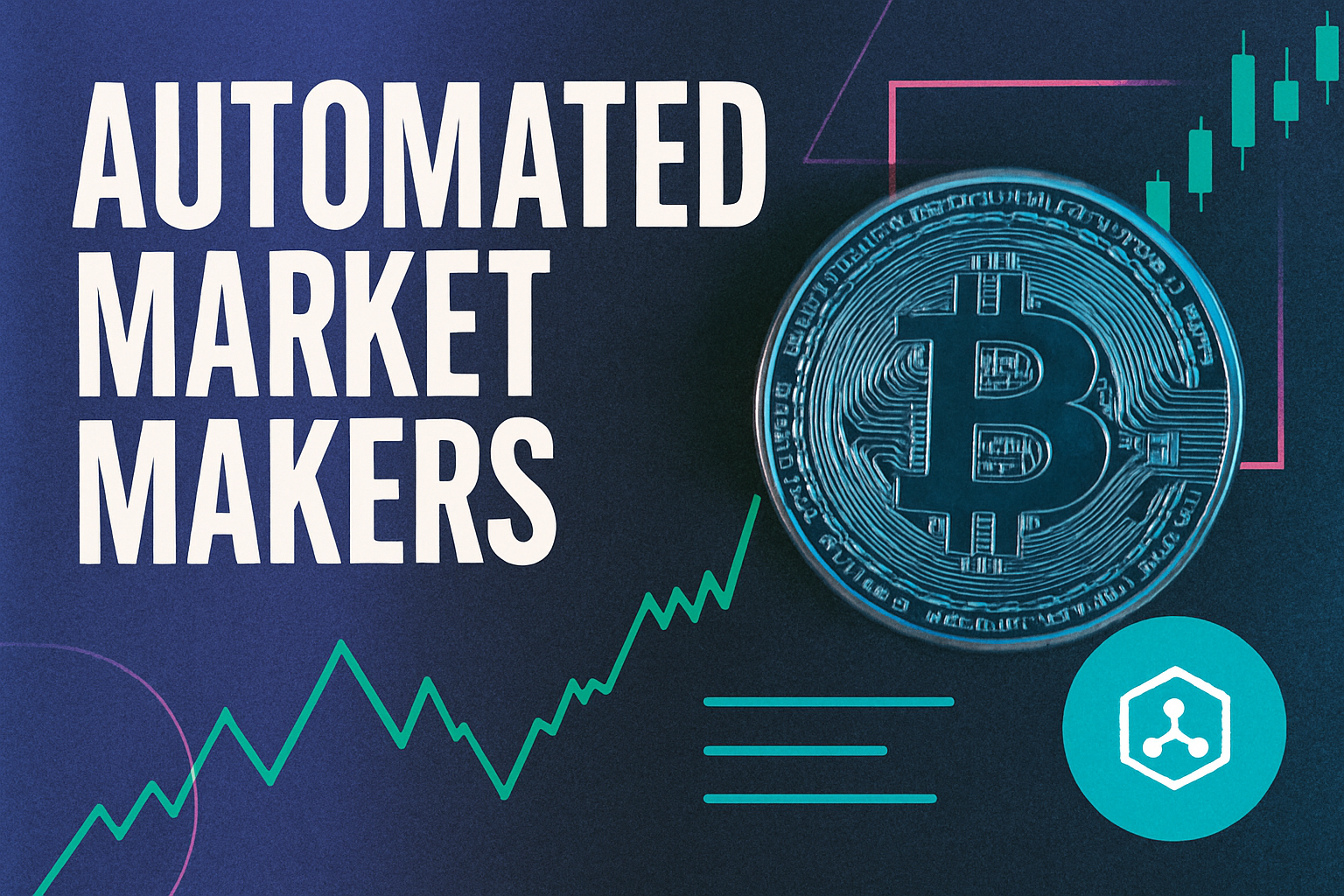
In 2025, decentralized finance (DeFi) is experiencing a seismic shift in how value is distributed and who ultimately benefits from on-chain activity. At the heart of this transformation is the rise of MEV rebates – mechanisms that are redefining user incentives, protocol fairness, and the broader DeFi experience. Once considered an unavoidable “hidden tax” siphoned by sophisticated searchers and validators, Maximal Extractable Value (MEV) is now being repurposed as a direct reward for users. This marks a fundamental change in the ethos of DeFi: from opaque extraction to transparent sharing.

From Hidden Tax to User-Centric Rewards
Historically, MEV was synonymous with loss for everyday users. Whenever you swapped tokens on a DEX or interacted with a smart contract, bots could front-run or sandwich your transaction, extracting value without your consent or awareness. This practice quietly eroded user returns and undermined trust in DeFi protocols.
The landscape began to change with the advent of MEV Blocker and similar platforms. These tools route transactions through private relays that actively shield users from predatory MEV tactics. Since its launch in April 2023, MEV Blocker has protected over $64 billion in DEX volume across more than 15.9 million transactions and 862,000 unique addresses. Most importantly, it has returned over 1,700 ETH in rebates directly to users and projects – a concrete testament to how MEV can be harnessed for good.
This isn’t just about protection; it’s about active redistribution. With 90% of searcher bids rebated to users and only 10% going to validators, the balance of power is shifting toward those who drive value into the ecosystem: regular participants rather than extractive intermediaries.
The Role of Wallets and DApps: Seamless Integration
The real breakthrough has come from integrating MEV protection directly into wallets and decentralized applications (DApps). For example, Rabby wallet now incorporates MEV Blocker’s services natively. Users benefit from reduced fees and enhanced security without having to learn new workflows or opt-in manually. This seamlessness is crucial; it lowers barriers for mainstream adoption while ensuring that even novice users receive their fair share of on-chain rewards.
This trend isn’t limited to one wallet or platform. Projects like Wallchain are pushing this further by embedding automatic MEV rebates at every transaction touchpoint – transforming what was once lost value into on-chain cashback. The result? A more engaging user experience that encourages deeper participation in DeFi markets.
Protocol-Level Redistribution: Fairness by Design
The push for equitable MEV sharing extends beyond individual wallets into the very fabric of DeFi protocols themselves. Platforms such as RediSwap have pioneered application-layer capture of MEV profits, redistributing these gains between traders and liquidity providers instead of letting them leak out as externalities. This approach strengthens protocol sustainability while aligning incentives among all stakeholders.
These innovations are not isolated; they reflect a growing consensus across the industry that fairness must be built into DeFi’s core architecture. By embedding rebate logic at both infrastructure and protocol layers, developers are creating ecosystems where value flows transparently – not just upwards but laterally among participants.
User Incentives Reimagined: Participation Pays Off
The implications for user behavior are profound. No longer passive victims of hidden costs, DeFi participants are now active beneficiaries whenever they interact on-chain. Every swap or stake becomes an opportunity not just for yield but also for direct rebate rewards sourced from previously extractive practices.
This shift is already visible in user engagement metrics across leading platforms integrating robust MEV redistribution tools. Enhanced fairness drives loyalty; tangible rewards foster deeper protocol participation; transparency builds long-term trust – all essential ingredients for sustainable growth in decentralized markets.
What’s especially striking in 2025 is how MEV rebates have moved from a technical afterthought to a core part of user acquisition and retention strategies. Wallets, DEXs, and even cross-chain bridges are competing to offer the most compelling MEV-sharing models. Protocols like Wallchain, for example, have made headlines by integrating directly with Covalent HQ’s data infrastructure and launching reward programs such as the Mindshare Leaderboard with $200K CXT in community incentives. These initiatives spotlight the growing recognition that fair MEV redistribution isn’t just good ethics, it’s good business.
For users, this means every on-chain interaction is now an opportunity to earn, not just spend or lose. Instead of quietly leaking value to arbitrageurs and bots, users receive a tangible share of MEV profits, often as instant cashback or ongoing rewards. This new paradigm is rapidly changing how DeFi users evaluate platforms: slippage rebates and on-chain MEV rewards are becoming as important as low fees or high APYs.
Cross-Chain MEV Rebates and AI-Powered Distribution
The next frontier is cross-chain MEV. Platforms like NeuralArB are leveraging AI systems to capture arbitrage opportunities across multiple blockchains, generating monthly returns between 2, 8% through advanced bridge routing. As these systems mature, expect cross-chain MEV rebates to become a standard feature, further democratizing access to rewards and strengthening network effects between ecosystems.
Meanwhile, AI-powered analytics platforms are emerging to optimize how MEV rewards are distributed. By tailoring rebate structures based on user activity and risk profiles, these tools can maximize fairness while incentivizing healthy protocol participation. The result: a more resilient and adaptive DeFi marketplace.
Challenges Ahead: Governance and Long-Term Alignment
This rapid evolution brings new challenges for decentralized governance. As more value flows back to users via rebates, protocols must decide how much should be shared versus retained for development or security funds. Community-driven governance mechanisms, such as programmable fee splits and dynamic allocation targets, are becoming crucial tools for balancing short-term user incentives with long-term protocol health.
Transparency remains paramount. Users need clear metrics on how much value is being captured and redistributed by each platform, a trend supported by emerging dashboards and analytics suites that track real-time rebate flows across protocols.
A Fairer DeFi Future
The transformation of MEV from hidden tax into on-chain reward has profound implications for the future of DeFi. As sharing mechanisms mature and adoption broadens, we’re seeing a shift toward user-centric design, where fairness isn’t an afterthought but a foundational principle.
This movement isn’t just technical, it’s cultural. It signals that the DeFi community values transparency over opacity, equitable participation over extractive hierarchies, and sustainable growth over short-term gains. With innovations in wallet integration, cross-chain rebates, AI-powered distribution, and robust governance models all accelerating in 2025, the era of fair MEV sharing is no longer aspirational, it’s here.






